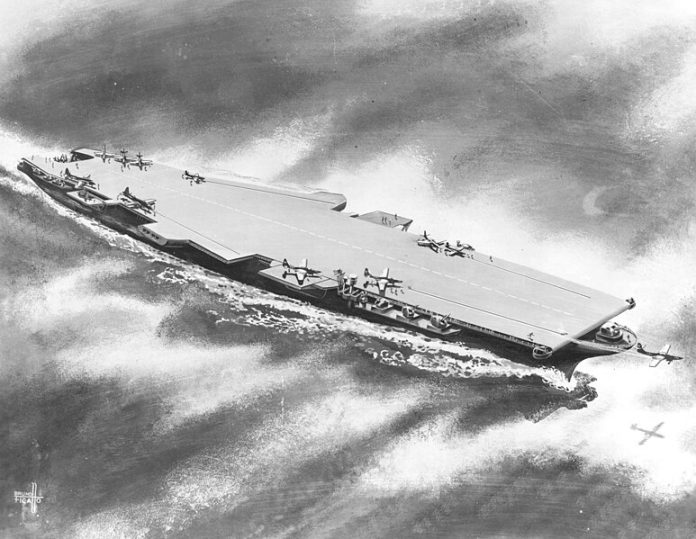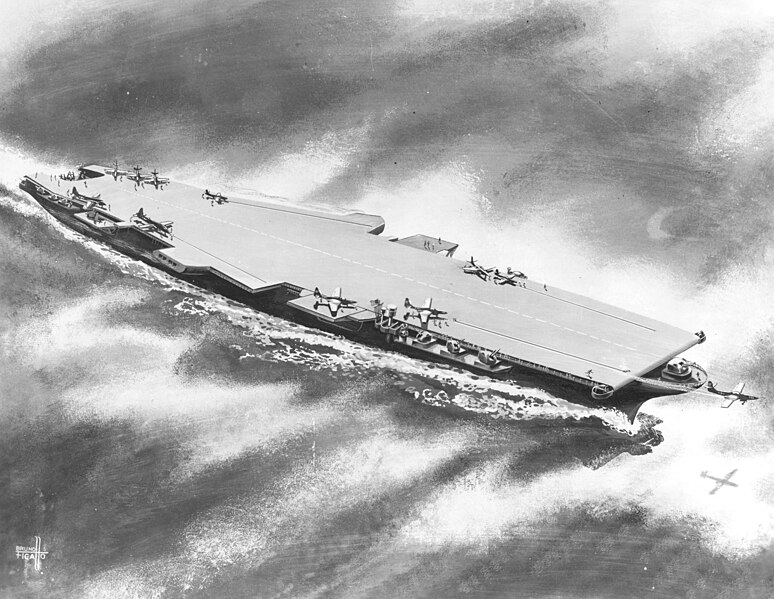
The proposed nuclear-powered aircraft carrier USS United States (CVA-58) was a symbol of post-WWII American naval ambition, a behemoth intended to carry Air Force nuclear bombers far into enemy territory.

Designed in an era when nuclear warfare redefined military strategies, the project aimed to revolutionize the Navy’s capabilities. However, the supercarrier faced insurmountable challenges, including inter-service rivalry and engineering complications.
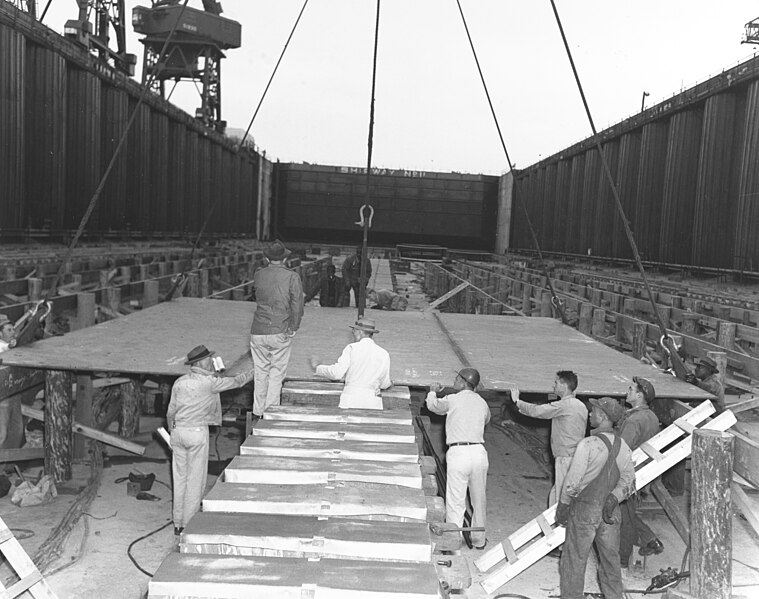
These obstacles eventually led to its abrupt cancellation, igniting a historical dispute known as the “Admiral’s Revolt.”
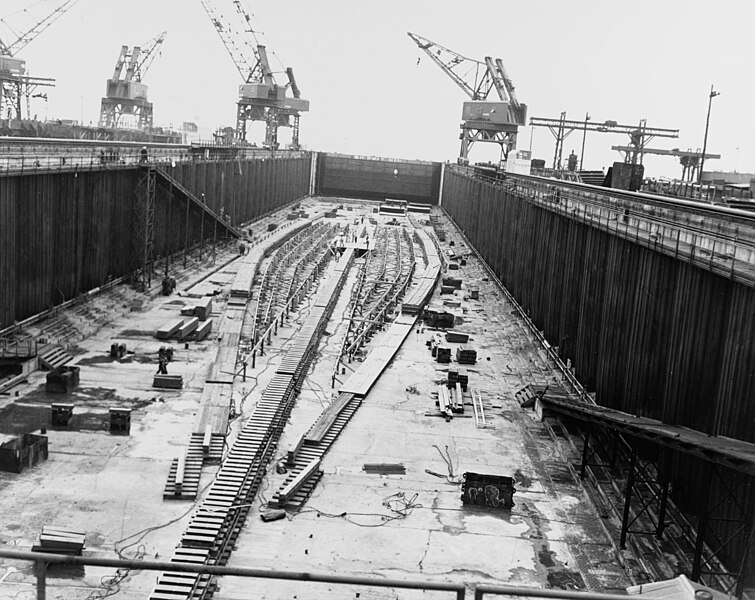
The concept behind the USS United States was simple yet unprecedented: a ship so large that it could host an airwing of nuclear bombers. It was designed to keep potential enemies at bay by launching aircraft from a safe distance, avoiding the range of enemy anti-ship missiles.
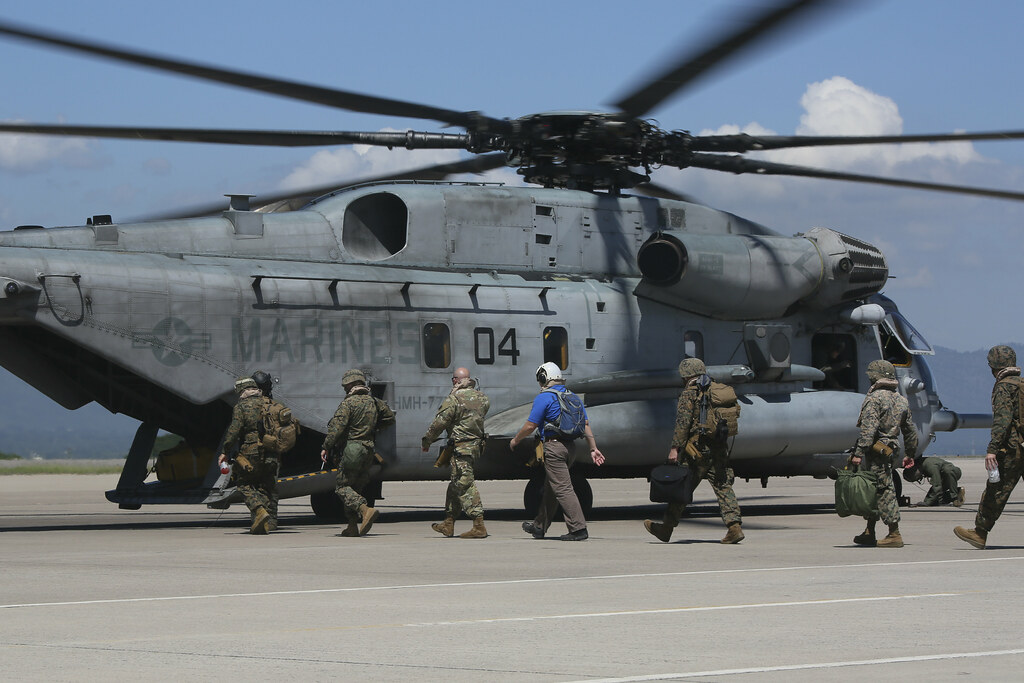
However, despite its futuristic vision, the USS United States encountered fierce opposition, particularly from the Air Force, which resented the Navy’s incursion into its nuclear monopoly.

The carrier’s engineering posed significant challenges. For the first time, a nuclear reactor would power an aircraft carrier, requiring a complete redesign of the deck to support larger aircraft. The size of the nuclear bombers meant they could not be housed below decks, demanding a much larger flight deck than any existing carrier.
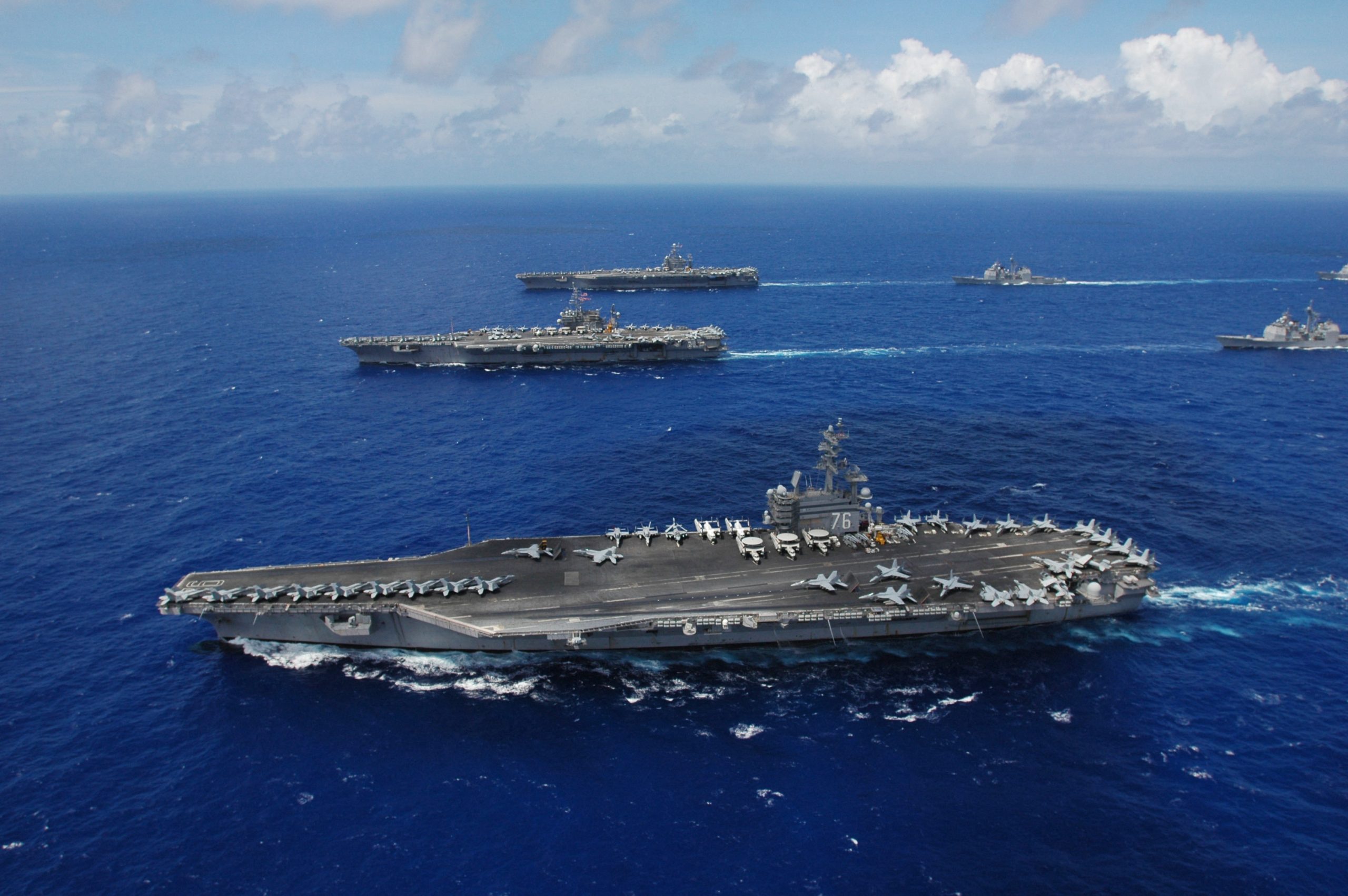
Moreover, to fit the bombers’ expansive wingspans, designers planned to eliminate the traditional “island,” moving command operations to a separate ship—a controversial decision that would alter how the carrier was run.
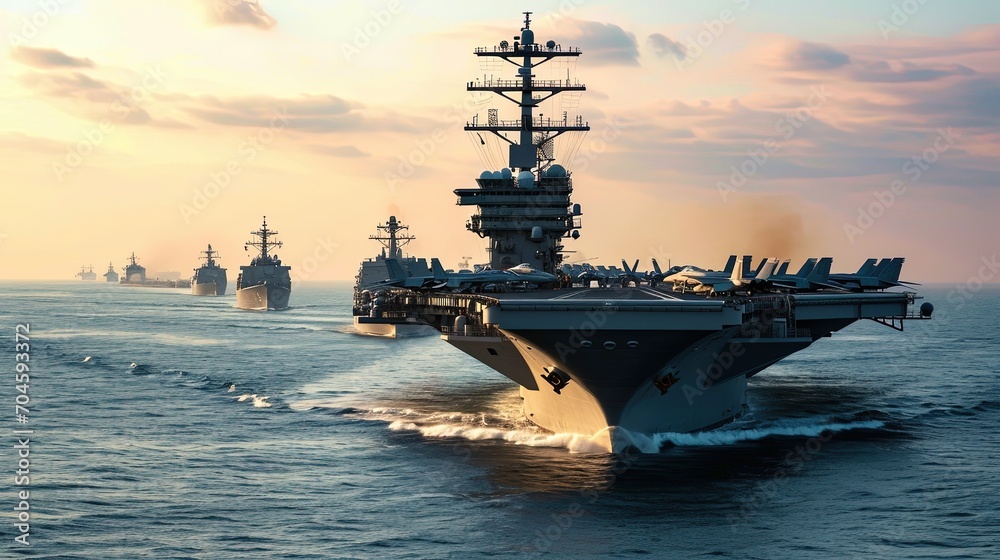
These issues, coupled with concerns about command control and emissions management, clouded the project’s feasibility. The lack of an onboard command island was a crucial point of contention.

As one source states, “The island…serves as a vertical funnel duct for emissions…ensuring that the carrier itself was not posing a visibility challenge for pilots seeking to land their birds on this boat.”

Political dynamics played a significant role in the carrier’s demise. After a change in administration, Secretary of Defense Louis Johnson, who strongly advocated for defense budget cuts, canceled the project just five days after the keel-laying ceremony in 1949.
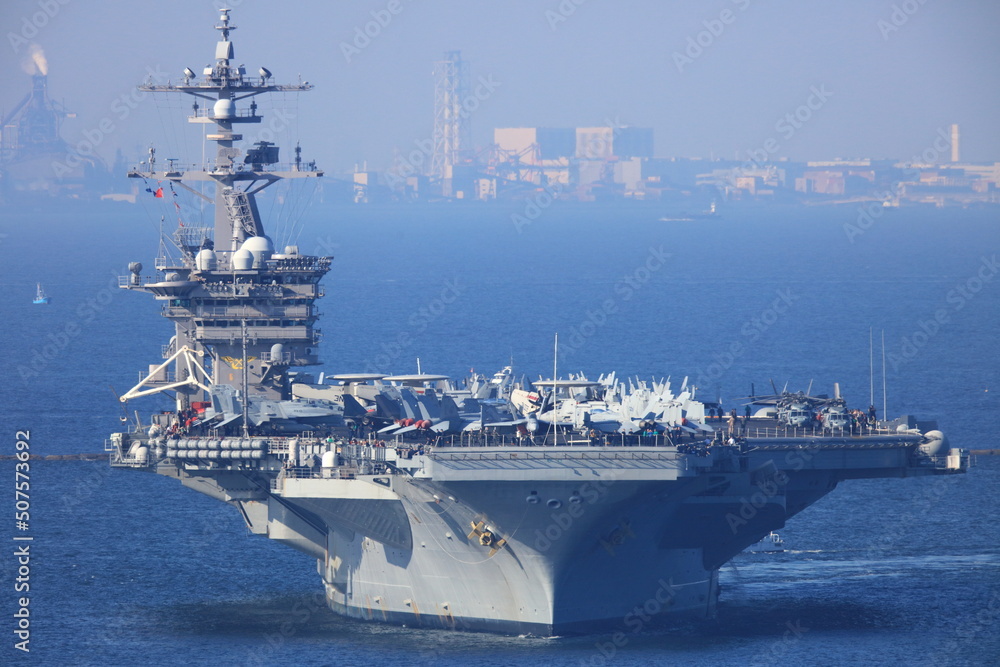
This decision led to the resignation of Navy Secretary John Sullivan and sparked outrage among Navy leaders, culminating in the “Admiral’s Revolt.”
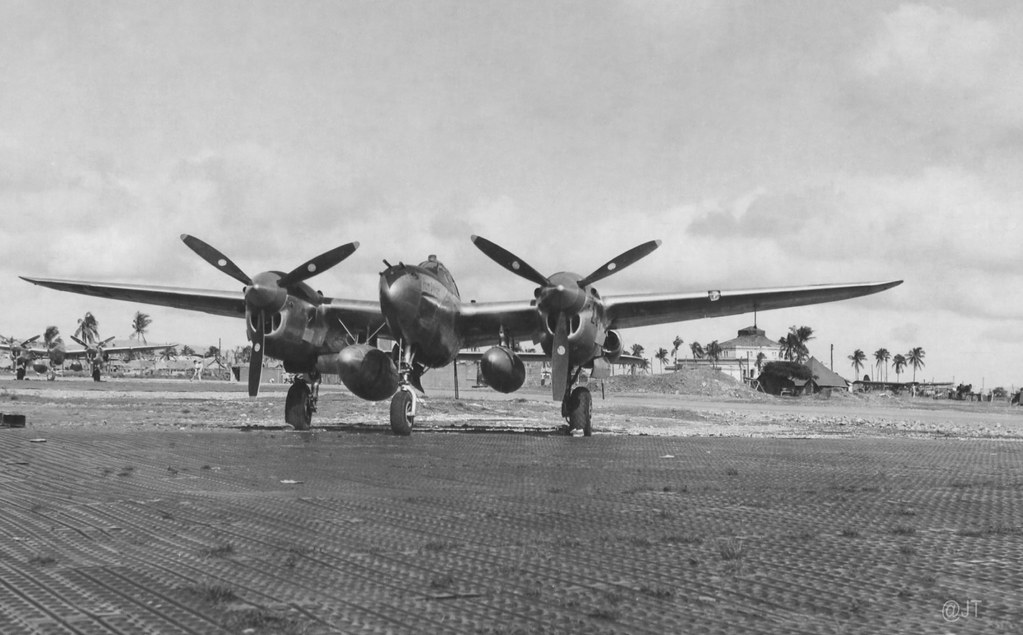
The Navy’s quest for the USS United States was viewed as an attempt to match the Air Force’s strategic nuclear capabilities, a move seen as redundant and overly expensive.
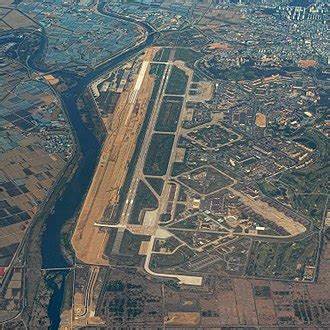
As one Navy critic put it, “The Navy went over-the-top with its design and insistence that the United States become the most important warship never made.”
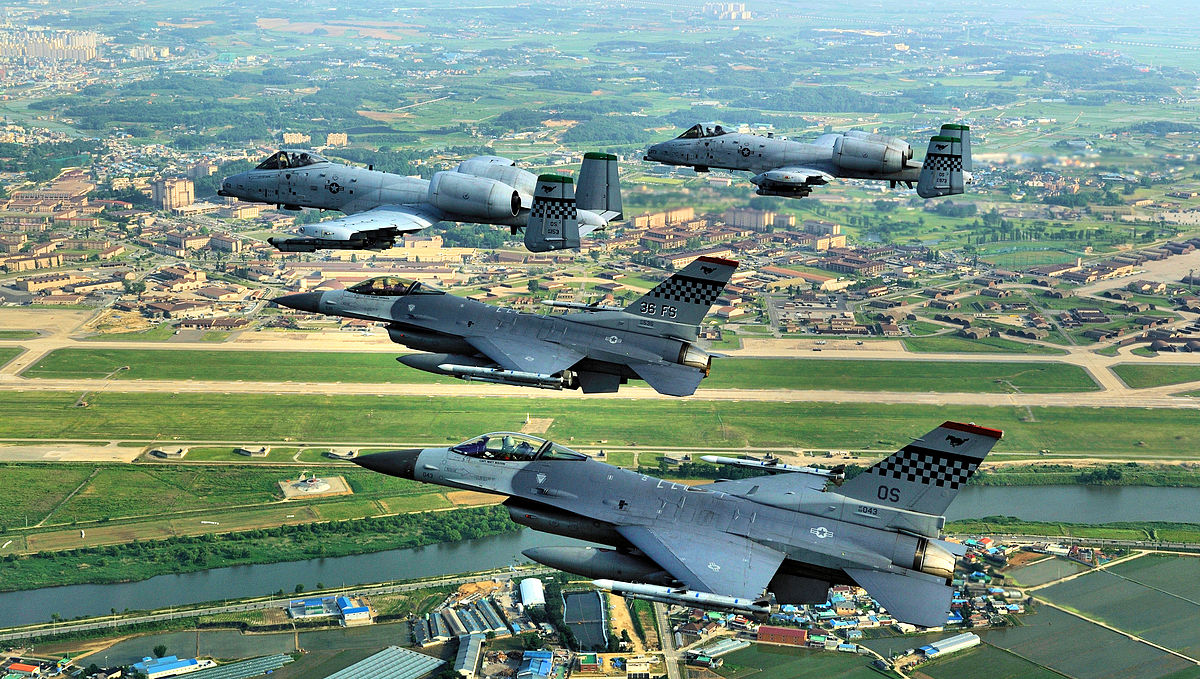
Ironically, the Korean War would soon highlight the value of conventional forces and aircraft carriers, albeit the Navy was fortunate that the supercarrier project was canceled. Technological advances quickly made the envisioned heavy bombers obsolete.
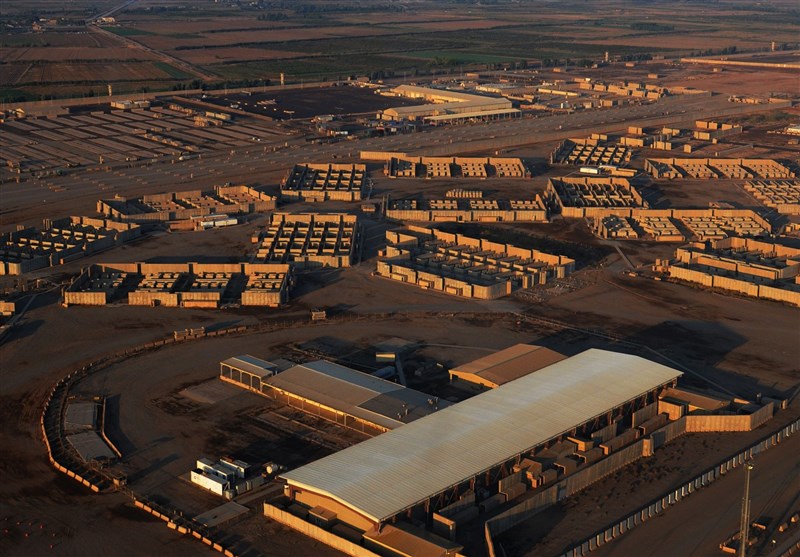
In hindsight, the USS United States represented a grand vision that, due to a mix of strategic miscalculations and bureaucratic hurdles, never sailed the seas.
Relevant articles:
– USS United States: The Aircraft Carrier Designed to Launch Bombers, The National Interest
– USS United States: The Nuclear Bomber Aircraft Carrier That Never Sailed, The National Interest
– USS United States: The Supercarrier That Started Beef Between the Air Force and Navy, autoevolution
